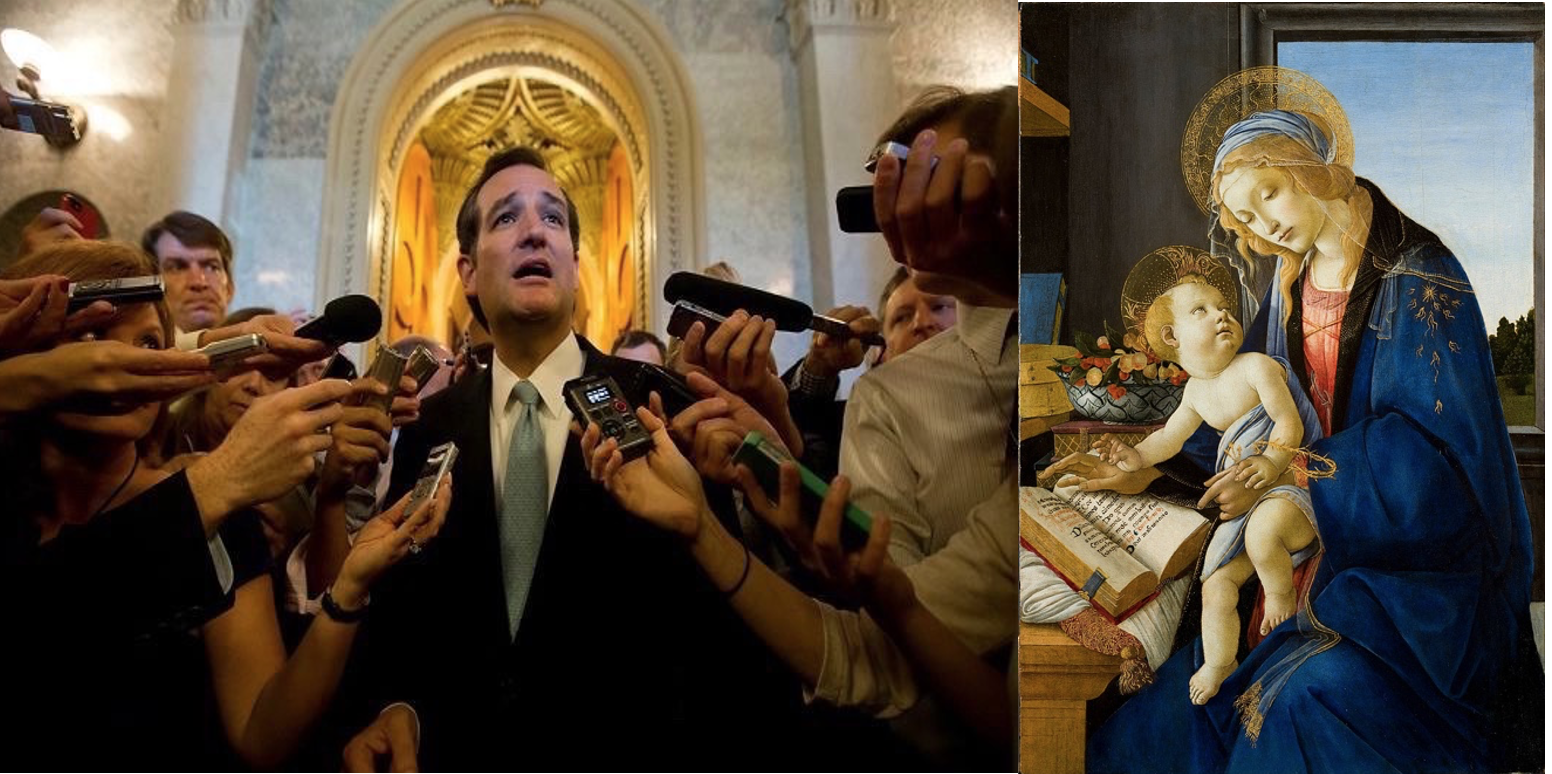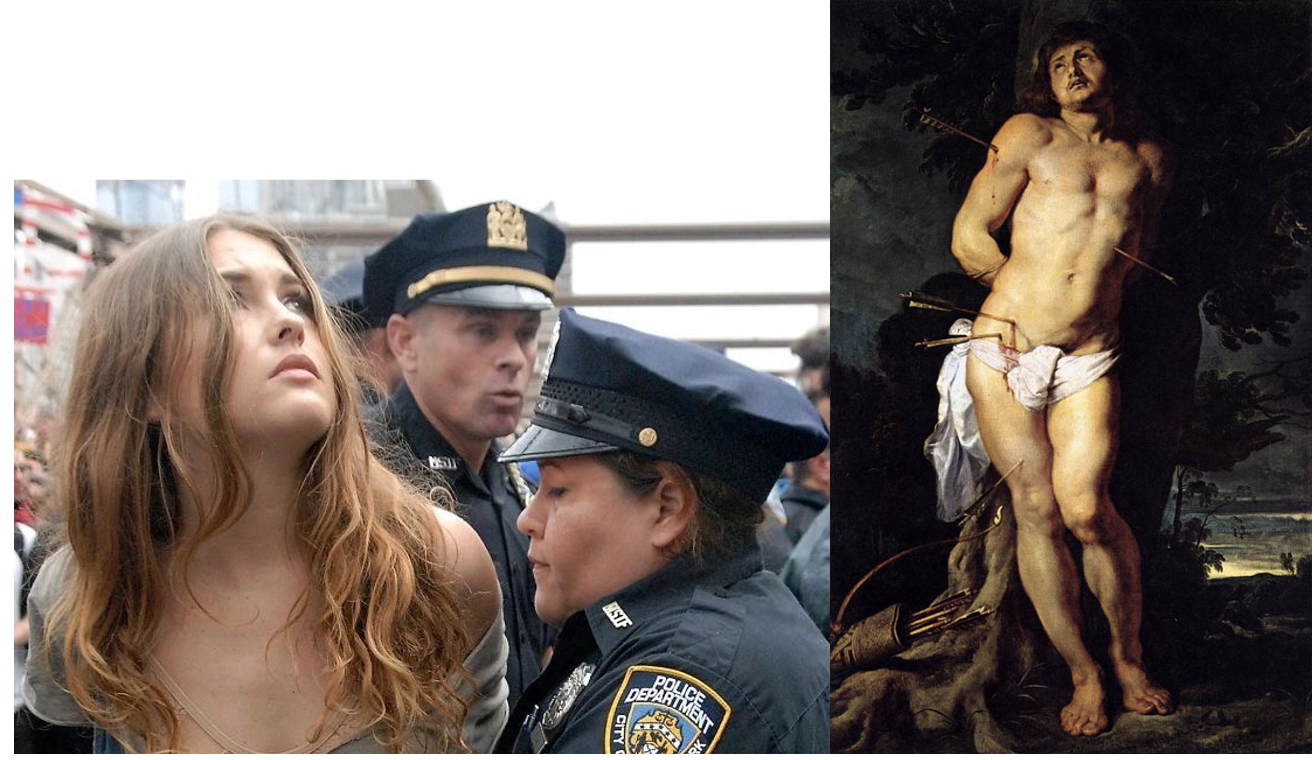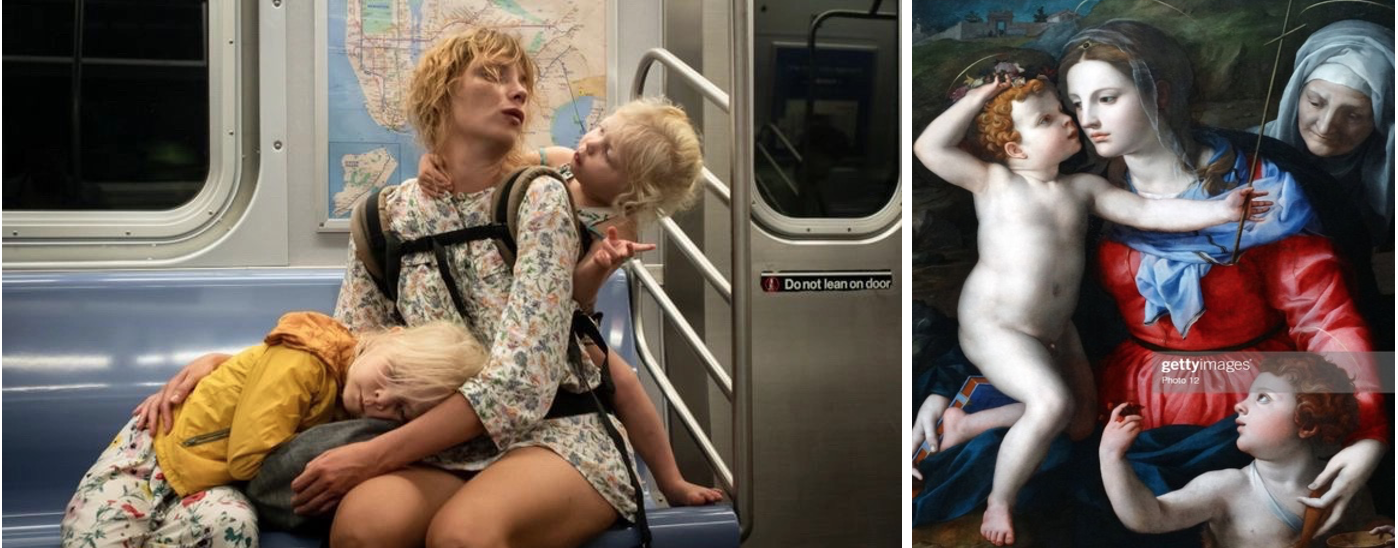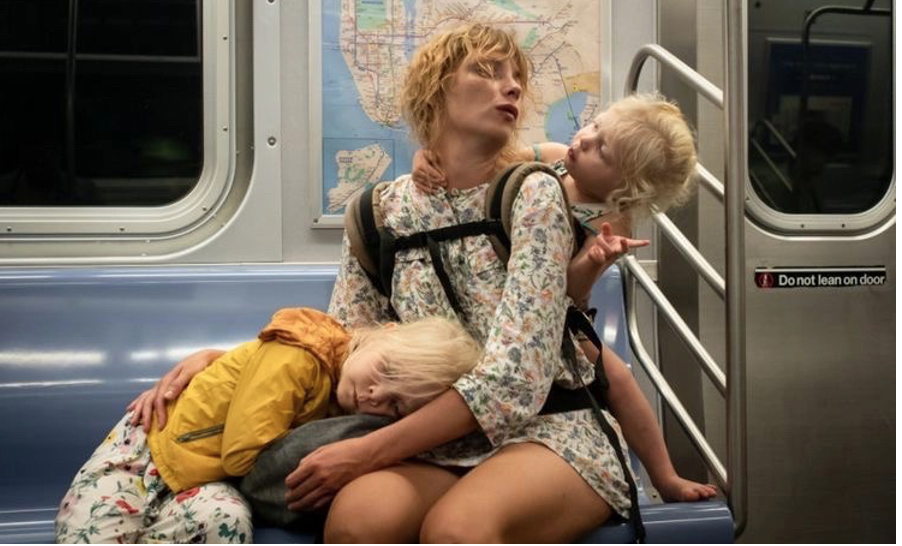What is ‘Accidental Renaissance’? Well, you’ve probably seen these pictures popping up on your feed at some point.
It’s a phenomenon in which pictures taken by civilians without a second thought, and by the chance of faith, the elements aligned to create a picture of perfect balance of light, movement, and perspective in the picture, transcending a universal commentary on humanity. Indeed, these pictures resemble Renaissance paintings, but without any premeditation.
But what does it say about social media? And more importantly, what does it say about us? Perhaps, a rebirth of our beliefs in humanity during the digital age.
First, it is important to define what the Renaissance was about, to understand why the name of this era was used to describe this phenomenon. Renaissance was a historical period during the 15th and 16th centuries born in northern Italy. During which art, literature, and the world was slowly lifting itself up from the medieval period, or the Dark Ages. Renaissance literally means ‘rebirth’ in French. A rebirth through the renewal of the humanist ideals which had been left behind after the fall of the Romain empire. Those ideals believed in the goodness of mankind which could be elevated through leading an ethical life. Goodness of mankind is darkened by the lack of education; it is through education of philosophy and reading that man can truly live to his full potential.
Paintings from artists like Raphaëlle, Leonardo da Vinci, Michelangelo, during this period follow this theme through representation of more human and individualistic biblical scenes, as Europe was still reigned by the Christian faith. To understand the goodness of man, they thought they must understand humans’ reality by representing life with a naturalistic approach. The application of naturalistic effects like perspective, which gave a natural effect of the distance between the foreground and background. Or like ‘chiaroscuro’ the Italian word for the effect of transition between light to dark in paintings, or also, creating expressive movements through balance of forms.
Similar to paintings from the renaissance, humanism is a theme that follows in ‘accidental renaissance,’ as it often outwardly represents visual themes of humanity, with aspects of piety with scenes of protesters, public figures, everyday scenes and crowded events. They are often expressive shots that have an unintentional visual balance and recall biblical scenes that are omnipresent in Renaissance painting.
Like this one with Senator Ted Cruz, surrounded by a swarm of journalists in the foreground, while his head is ironically perfectly framed by the background golden dome. The background ironically create an aureola. One that a saint would have in a renaissance painting, like Mary, the mother of god has in the classic painting of Sandro Botticelli, Madonna of the book of 1480.

Following in the biblical theme, the following one of a woman being arrested for protesting. She lifts her face to look up above. Her face seems to meet the sun light, as if she was graced by god like a martyr. Except she is protecting her ideals, and not her faith in Christianism. Her expression in this picture is very similar to the one of Saint-Sebastien’s in Pietro Perugnino’s Saint-Sébastien, of 1495.

Similarly, movement and expression are often visual signifiers people have associated with renaissance painting. Like here where a mother listening to her child showing her the way on the subway train. This really ressembles a scene from Agnolo di Cosmo’s Madonna and Child and Saint, from in 1540, where God and another angel seem to show a different path to mother Mary. The visual balance of the child sleeping while the other one standing on her right recalls the scene of the painting.

In this picture, the surprise coordination of a crowd trying to take a hold of a horse rearing itself portray a similar scene you’d see during battle. We could compare the accidental scene to the painting by Paolo Uccello of The battle of San Romano in 1432.

The visual qualities of those images have made them viral. Like a meme, these pictures carry deeper meaning about the state of thought of the zeitgeist we are in. Perhaps, this phenomenon reveals our initial beliefs on social media use and where it led us to. It might even translate our need in a digital age to understand the human condition through instant sharing and to create ethical ideals to live by. The pictures of this phenomenon reveal clear visual lexical of humanism, through individuals living mundane moments of human life. However, in an instant, their positions evoke the spiritual importance of these otherwise usual events
Themes of humanism are coherent with the time in which the phenomenon was born in. ‘Accidental renaissance’ is a phenomenon that started with the birth of social media, in the early 2010s. The phenomenon started by itself. The public named the phenomenon, as there is no individual responsible for coining the expression. Early ideals of what social media would enable us to do is create virtual communities where anyone could come together, connect, and communicate freely without being afraid to be filtered. This naïve early perspective of social media ties in with humanistic objective to understand what it is to be human through interconnectivity of shared human moments.
These simple pictures reveal visually the fundamental reason for our early ideals on social media. To learn what it is to be human. An ongoing desire that inhabits us.
Further, it might reveal a need to share examples of ethical living in all aspects of our lives. A renewal with humanistic beliefs means that we desire to become better as more of our private life is on display whether we are up for it or not.
 As a Graduate from HEC with a master in management in the cultural sector and BFA from Concordia in Art history, Emma Rose Di Iorio’s work is interested in art criticism, and fashion news trends. Having a grand sensitivity to all art mediums, she loves beauty in all its shapes and forms.
As a Graduate from HEC with a master in management in the cultural sector and BFA from Concordia in Art history, Emma Rose Di Iorio’s work is interested in art criticism, and fashion news trends. Having a grand sensitivity to all art mediums, she loves beauty in all its shapes and forms.

